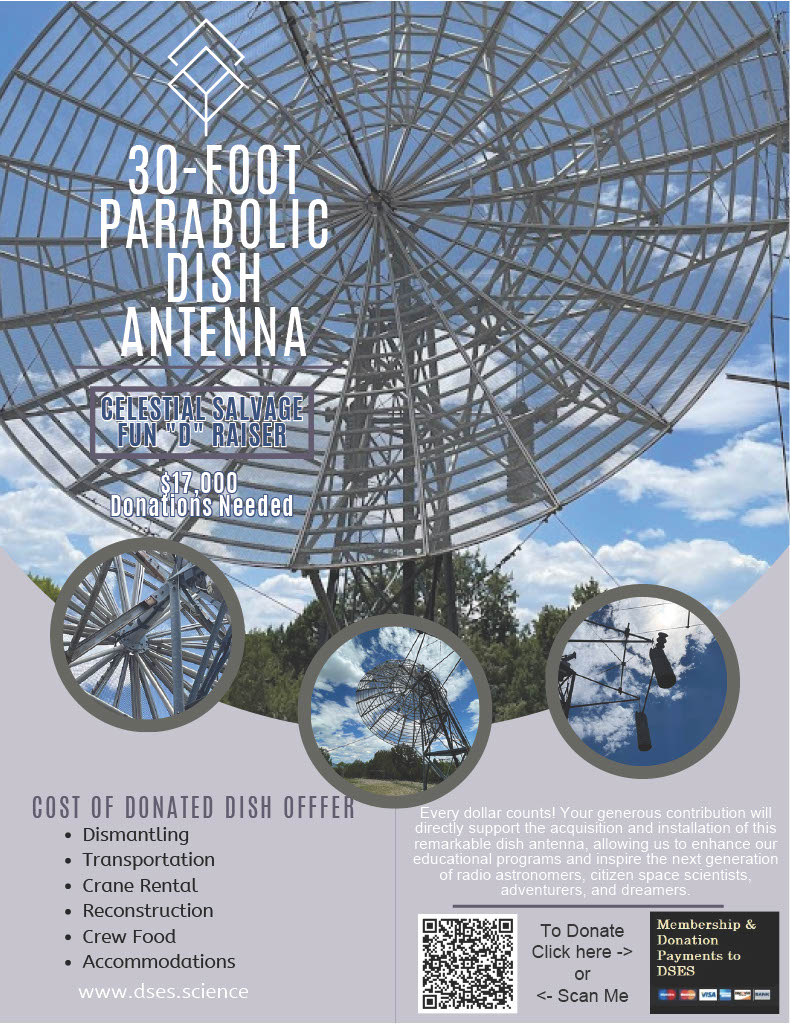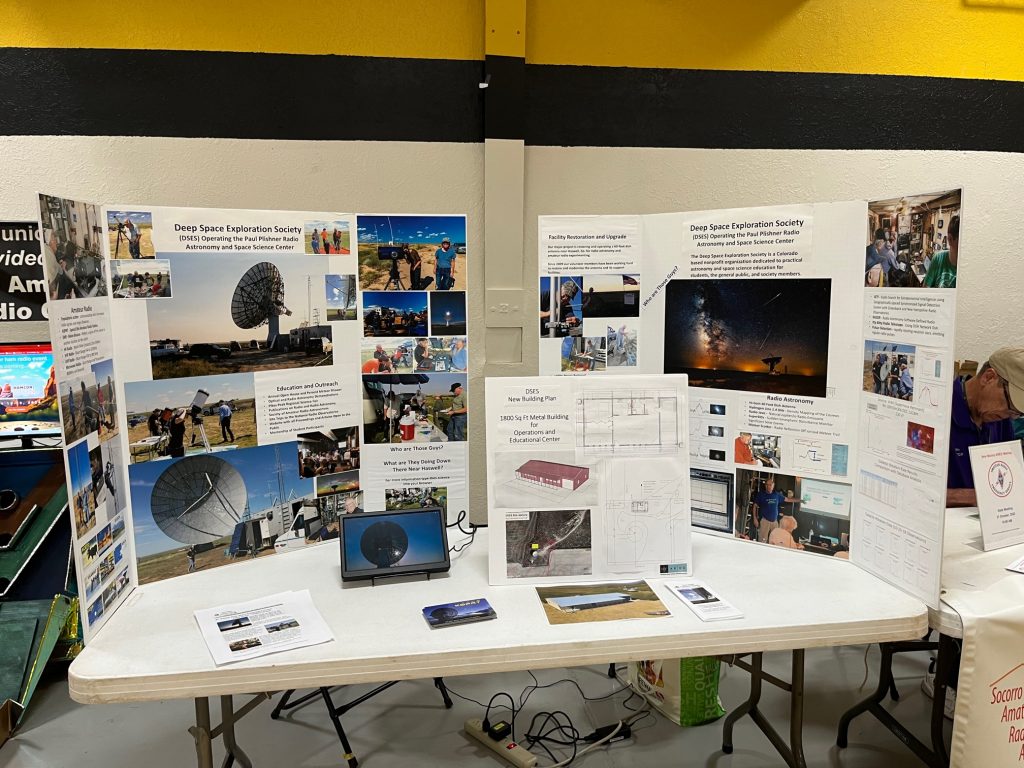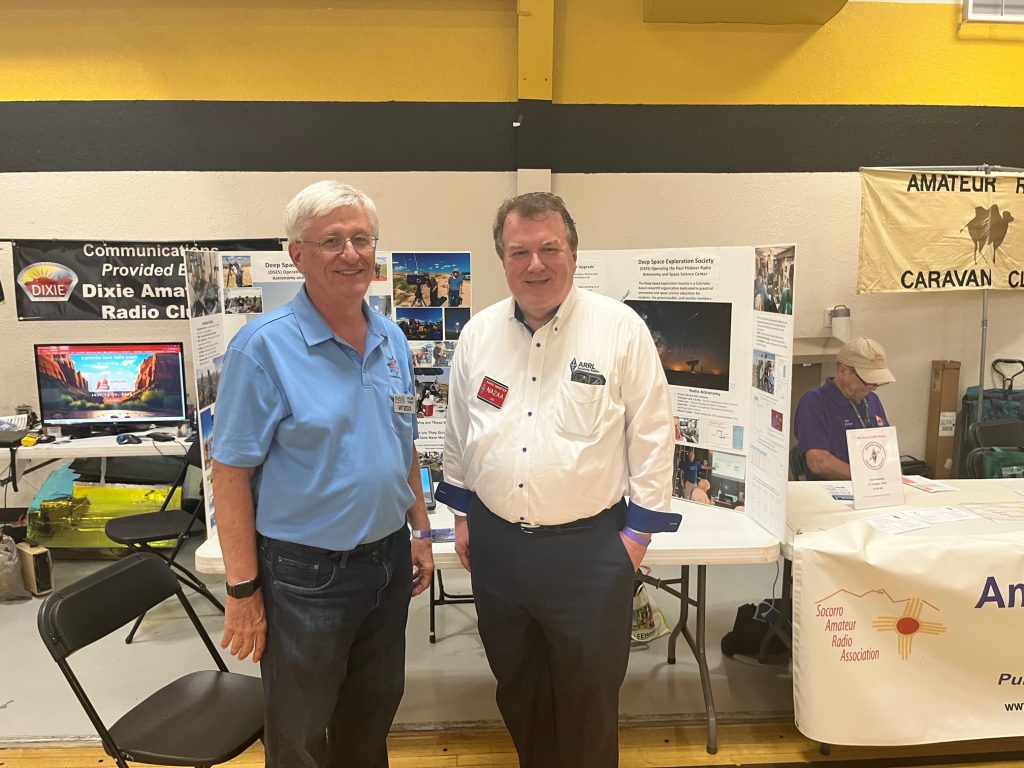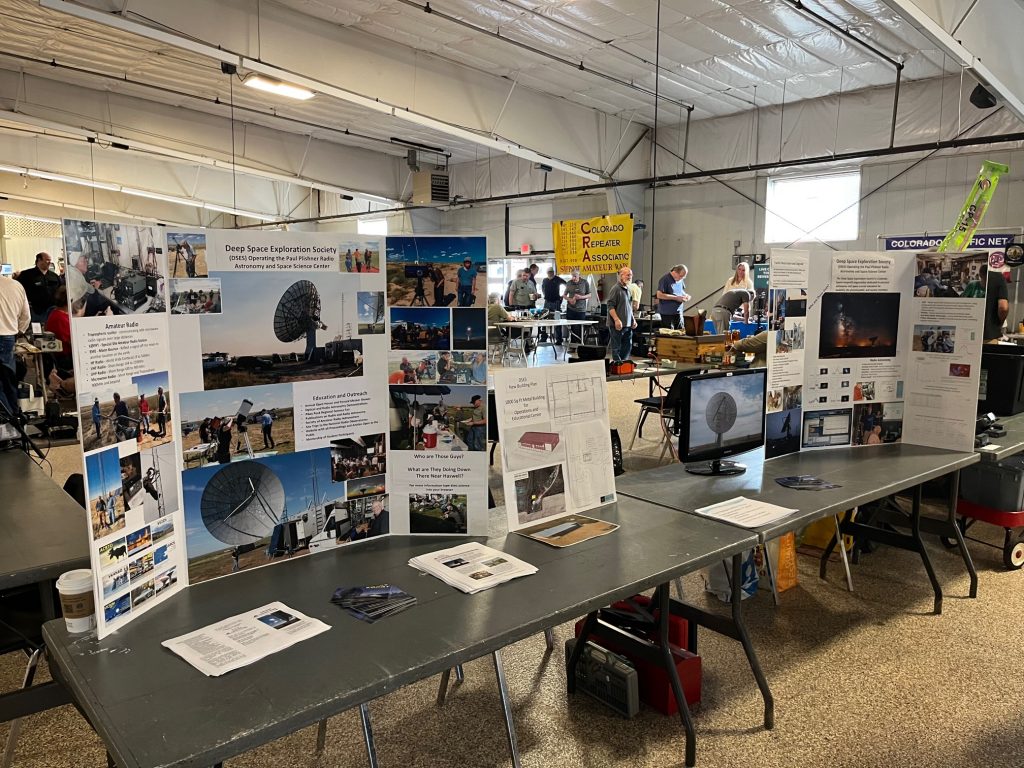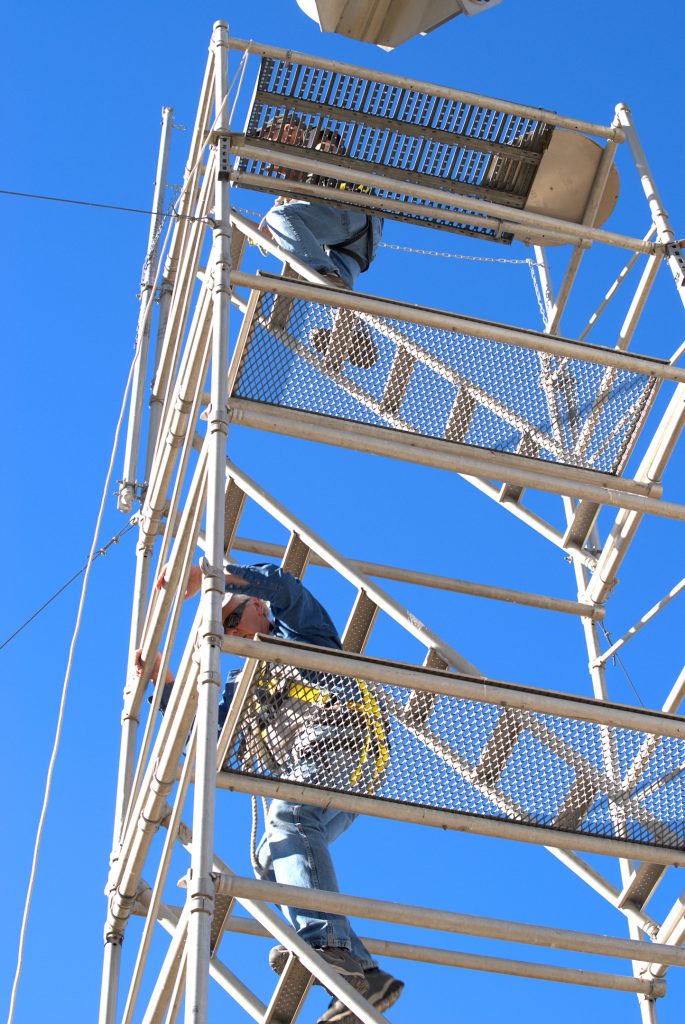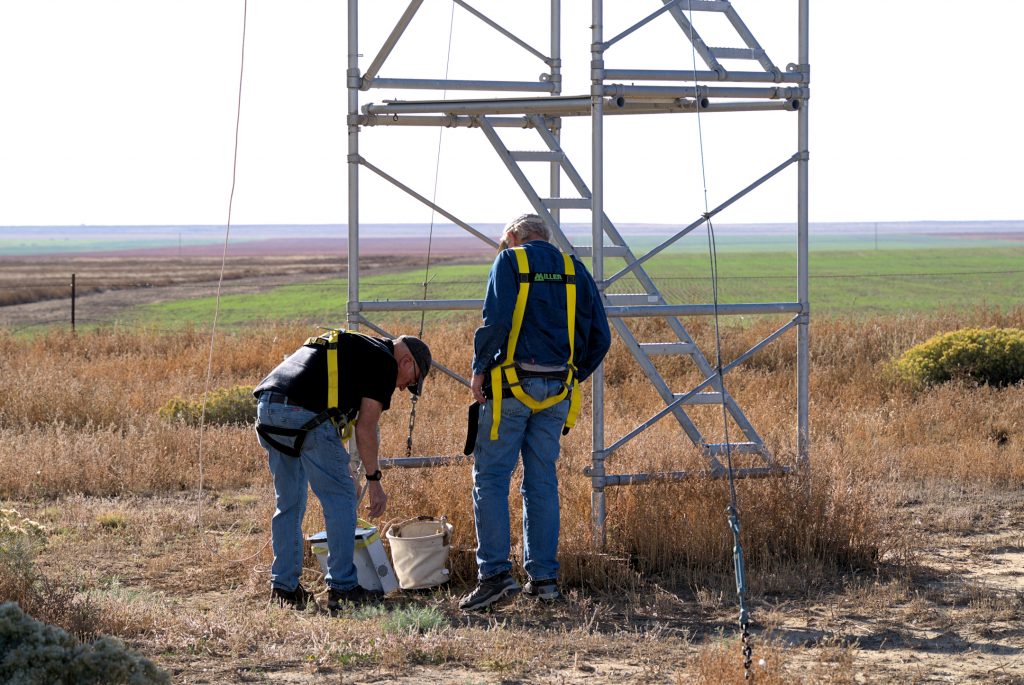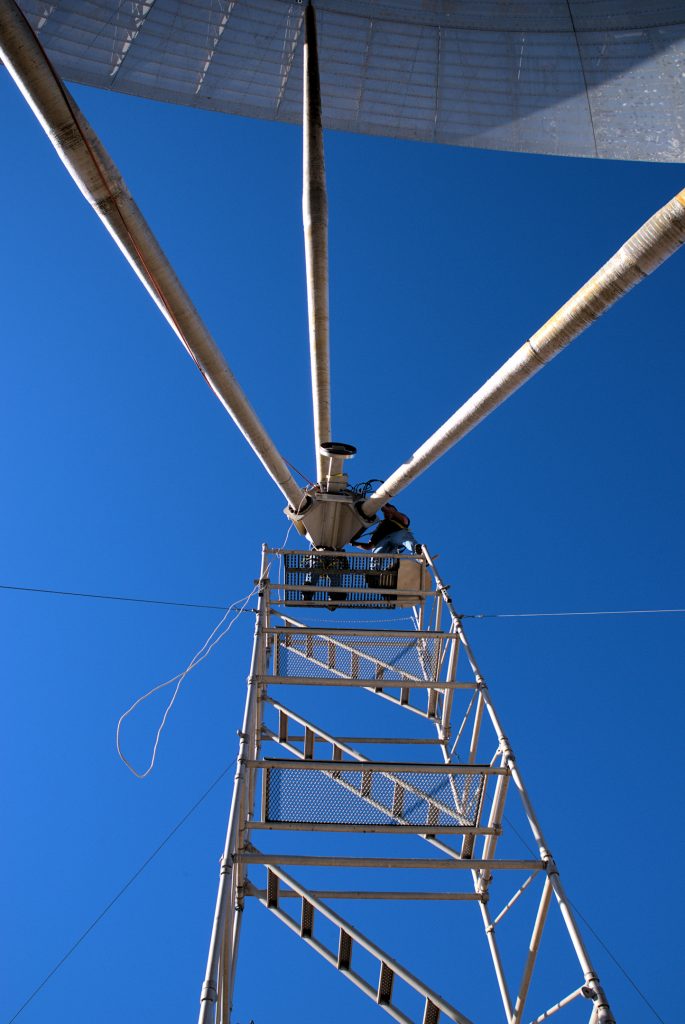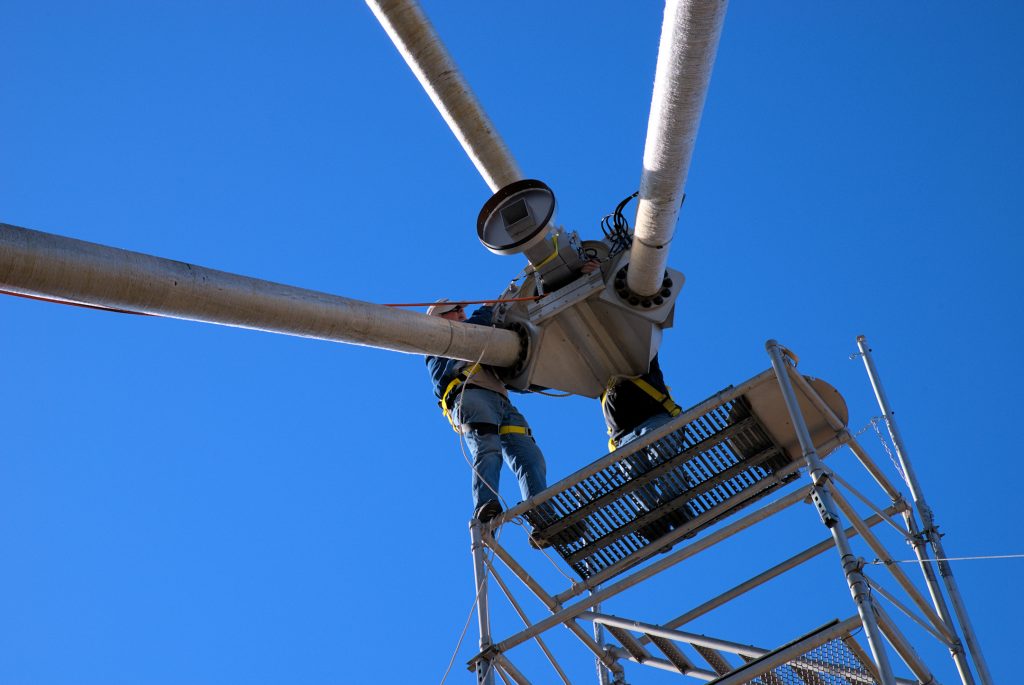We are thrilled to announce that, once again, the Deep Space Exploration Society (DSES) has been invited to participate in the 2024 European Earth-Moon-Earth (EME) Contest sponsored by DUBUS and REF, set to commence on May 10 at 0000 UTC. This prestigious European contest, focusing on Continuous Wave (CW)/Single Side Band (SSB) communication, presents an exciting opportunity for our members to engage in Earth-Moon-Earth (EME) communication with the international community.
Date Begin: Friday, May 10, 2024, at 6 PM MST
Date End: Sunday, May 12, 2024, at 1 PM MST
Location: Paul Plishner Radio Astronomy and Space Sciences Center
9301 County Rd 20, Haswell CO 81045
Last year, our participation in the contest yielded remarkable results, with our members successfully contacting over 80 stations off the moon using our formidable 60-foot dish. In fact, our collective efforts secured us a remarkable 2nd place in this esteemed worldwide contest. Building upon this success, our goal this year is to surpass the number of contacts made and demonstrate our ongoing commitment to excellence in deep-space communication.
It’s important to note that the contest primarily occurs during daytime hours, aligning with the moon’s morning rise and facilitating communication with many European stations. Additionally, we anticipate Pacific and Asian EME contacts during the late afternoon and early evening hours. Moonset times are scheduled for 10:20 PM MST on Friday and 11:20 PM MST on Saturday evening, providing ample opportunities for engagement.
For those planning to join us, rustic overnight accommodation will be available in the new unfinished building. Please remember to bring your own sleeping bags and cot/air mattress. Alternatively, the Cobblestone Inn in Eads, CO, is available for those seeking more comfortable lodging. Reservations are necessary for accommodation at either location.
To facilitate our planning efforts, we kindly request interested participants to contact:
Vice President Marketing
Paul Sobon, NOØT
Email: sobonpaul@gmail.com

